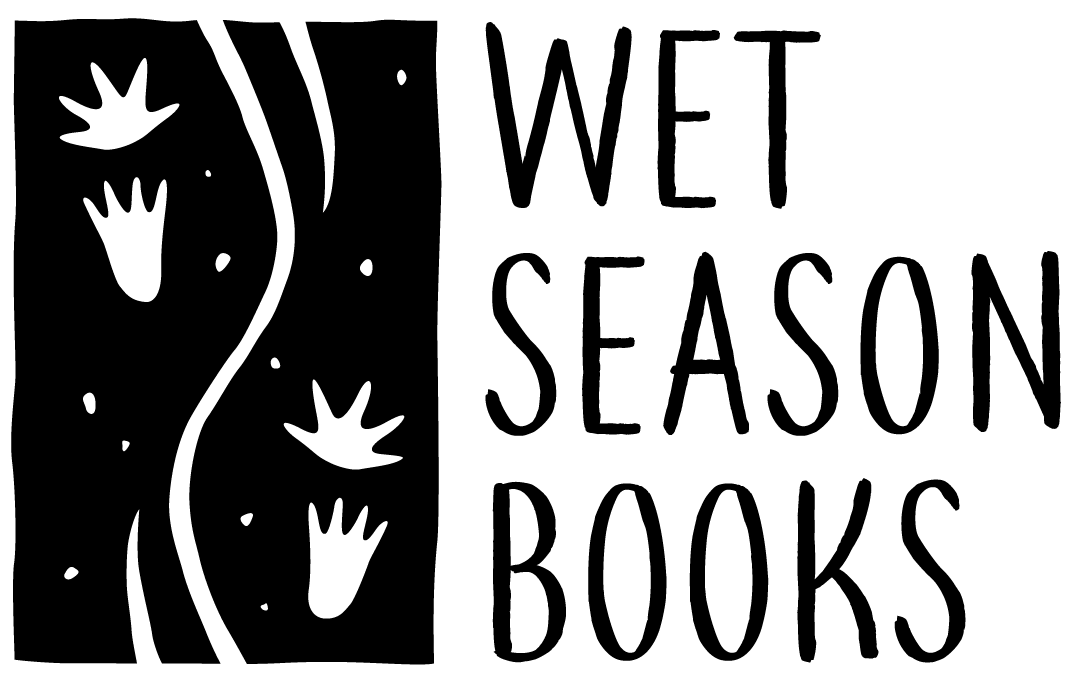Our website is constantly evolving as we enhance and expand our collection of teaching resources. If you're looking for a specific activity sheet or have a suggestion for a resource you'd like us to include, we’d love to hear from you! Feel free to contact Cate at cate@wetseasonbooks.com.au.
Below, you’ll find some simple activity ideas designed to help your class explore the significance of box-ironbark and eucalypt woodlands. Scroll down to access the activity sheets.
1. Gumtree Celebration
Celebrate and learn about the animals that depend on gum trees. Begin with a discussion about the importance of eucalypt trees, forests, and woodlands to native wildlife. Create a large gum tree drawing or collage on the classroom wall. Assign each student an animal that relies on gum trees (e.g., koala, fruit bat, emperor gum moth, phascogale, powerful owl, swift parrot, or regent honeyeater). Students draw or cut out pictures of their assigned animals and add them to the tree. Wildlife magazines (often found at op-shops) can be a great resource for images.
2. Animal Profile Creation
Explore the lives of animals featured in Australian wildlife-themed books. Students choose an animal from The Perfect Hollow, Snuggled Away, or Sunny Finds His Song and create a profile covering:
Description: Physical features and size.
Habitat: Where it lives and why.
Diet: What it eats.
Threats: e.g. habitat loss, introduced predators.
3. Nature Observation: Flowering Gumtrees
Find a gum tree in flower (or another Australian flowering plant) in the school yard. Observe and record the insects, birds, or animals visiting the flowers. Discuss how these visitors depend on the flowers for nectar and how the plants benefit from pollination.
4. Eucalyptus Scavenger Hunt
Create a Eucalyptus Scavenger Hunt to explore the unique features of gum trees and their ecological role. Create a list of gum tree features to find, such as flowers, leaves, bark, hollows, and gumnuts. Include challenges to spot signs of animal activity (e.g., scratches, nests, or chewed leaves). For each item found, discuss its importance to native wildlife.
5. Food Web Game
Understand the interconnected food web in a gum tree ecosystem. Assign each student a role as a plant, herbivore, or predator (e.g., gum trees, insects, possums, kookaburras). Arrange them in a food web, starting with plants at one end, herbivores in the middle, and predators at the top. Discuss how energy flows through the ecosystem and what happens if one part of the web is removed.
6. Bark Rubbing Activity
Explore the diversity of gum tree bark types. Find gum trees with different bark textures (e.g., smooth-barked, furrowed, stringy-barked). Use crayons to take rubbings of each type, compare them, and label the rubbings with the type of bark and the tree species (if known).
7. Leaf Rubbing and Labelling
Learn about the structure of a gum leaf. Use crayons to make rubbings of gum leaves, then label the parts:
Blade: Broad, flat part of the leaf.
Petiole: Stalk attaching the blade to the stem.
Midrib: Central vein running through the leaf.
Veins: Branching vascular tissues.
Margin: Edge of the leaf.
Apex: Tip of the leaf.
Base: Where the blade connects to the petiole.
8. Survival Strategy Game
Simulate challenges faced by animals in gum tree habitats. Mark a large circle on the ground to represent a woodland and assign students roles as native animals (e.g., koalas, gliders, or possums). Introduce obstacles like habitat loss (remove part of the circle), roads cutting through the woodland, limited food, predators or domestic pets, or trees being cut down. Discuss how these changes impact the animals and the balance of the ecosystem.
